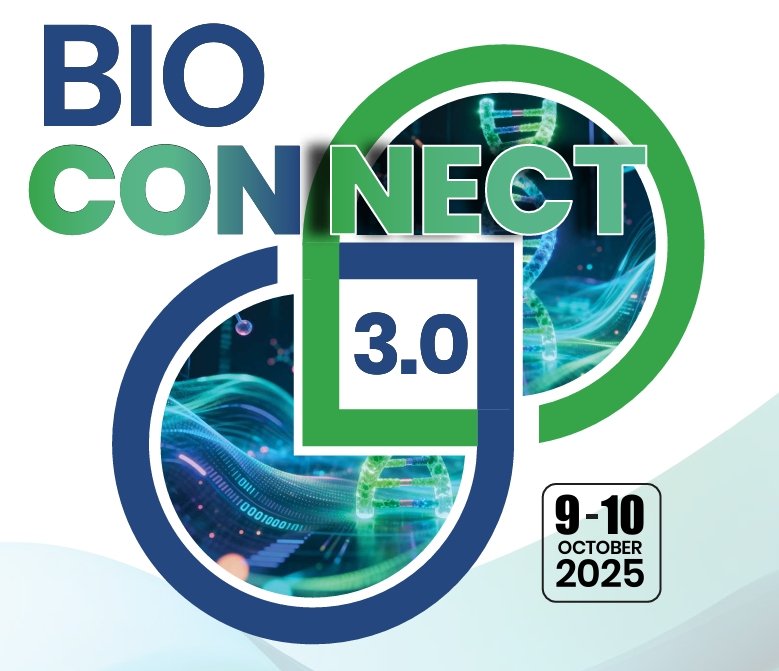Karnataka honours Dr R Vijayaraghavan at Quantum India Bengaluru 2025
August 02, 2025 | Saturday | News
Leading several projects to build small to medium scale quantum processors
Dr Rajamani Vijayaraghavan, Associate Professor, Dept. of Condensed Matter Physics & Materials Science, Tata Institute of Fundamental Research (TIFR), Mumbai, was felicitated for his leadership role and leading several projects in the area of quantum computers, at Quantum India Bengaluru (QIB) 2025, held in Bengaluru on July 31, 2025.
Currently leading several projects to build small to medium scale quantum processors with funding from DAE, DRDO, TCS and DST, he is the Lead Principal Investigator for the Technical Group working on building superconducting quantum computers under the National Quantum Mission. Recipient of the Ramanujan Fellowship (2013-18) awarded by the Department of Science and Technology of the Government of India and he was recently elected as a Fellow of the Indian Academy of Sciences, Bengaluru.
He completed his Bachelor’s degree in Physics from St. Stephen's College, Delhi University in 1999. He then spent two more years at the University of Cambridge pursuing a BA in Natural Sciences. He did his PhD at Yale University and his postdoctoral work at the University of California, Berkeley. Since December 2012, he has been the Principal Investigator at the Quantum Measurement and Control Laboratory at TIFR. Some key highlights of this group's work include development of a broadband ultralow noise amplifier for quantum measurements and a novel multi- qubit processor design.
At QIB 2025, he spoke on the theme “The quantromon: A qubit-resonator system with orthogonal qubit and readout modes. Sharing his work on the topic he said, “The measurement of a superconducting qubit is implemented by coupling it to a resonator. The common choice is transverse coupling, which, in the dispersive approximation, introduces an interaction term that enables the measurement. This cross-Kerr term provides a qubit-state dependent dispersive shift in the resonator frequency.
He also presented a two-mode circuit, nicknamed quantromon, with two orthogonal modes implementing a qubit and a resonator with an intrinsic cross-Kerr coupling mechanism. He further explained data characterizing some of the unique properties of this device like weak detuning dependence of the cross-Kerr shift and intrinsic Purcell protection. Finally, he presented data demonstrating a single-shot readout fidelity of 98.3 per cent, which is comparable to the state-of-the-art measurements without the use of a parametric amplifier and suggests a potential simplification of the measurement circuitry for scaling up quantum processors.









